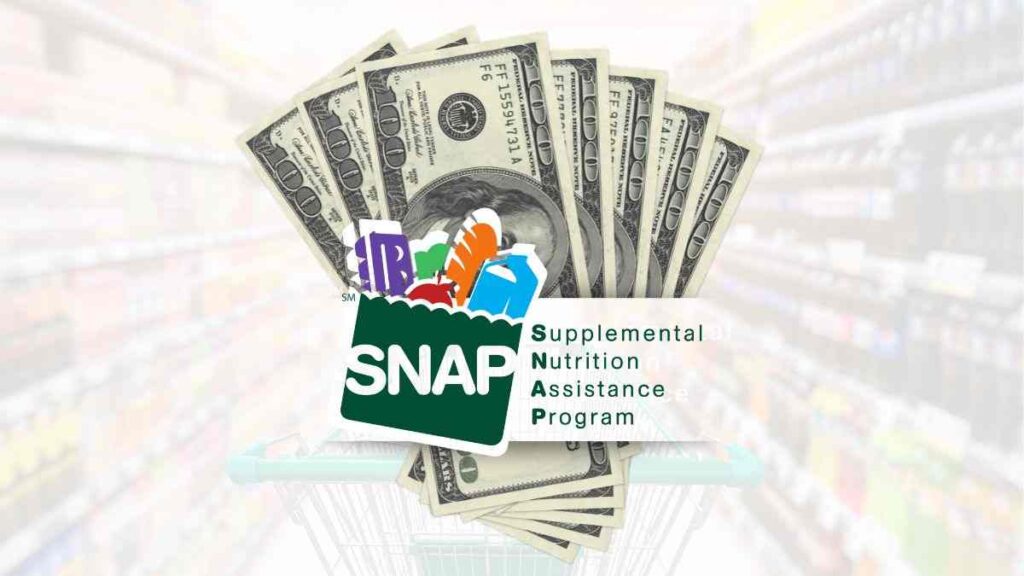

ebt cards payments snap june in the united states
While some States have already sent all the money to EBT cards, others are still delivering SNAP payments in mid and late June. As a matter of fact, there are about 25 States sending Food Stamps.
Remember that to qualify for SNAP benefits you must have a low income and meet other specific and general requirements. From time to time, Food Stamp beneficiaries must recertify (renew).
The Full list of States sending Food Stamps
USDA has confirmed that 25 States and Puerto Rico will send SNAP benefits this week. Some States like Florida and Texas will take longer to send all the money to EBT cards though.
- Alabama: June 4-23
- Arizona: June 1-13
- Arkansas: June 4-13
- Delaware: June 2-23
- Florida: June 1-28
- Georgia: June 5-23
- Indiana: June 5-23
- Kentucky: June 1-19
- Louisiana: June 1-23
- Maine: June 10-14
- Maryland: June 4-23
- Massachusetts: June 1-14
- Michigan: June 3-21
- Minnesota: June 4-13
- Mississippi: June 4-21
- Missouri: June 1-22
- New Mexico: June 1-20
- North Carolina: June 3-21
- Ohio: June 2-20
- Pennsylvania: June 3-14
- Puerto Rico: June 4 – 22
- Tennessee: June 1-20
- Texas: June 1-28
- Utah: June 15
- Washington: June 1-20
- Wisconsin: June 1-15
How much money can SNAP recipients get in mid- and late-June?
The amount of money a recipient can receive in one of these 25 States will depend on their earnings and family size. Other factors like age may reduce the time you can get them. For your information, 18-52-year-olds can only receive Food Stamps for 3 months unless they work for 80 hours per month.
The maximum benefit for a SNAP household of 4 is $973. However, if you have other earnings because you get benefits or you work, you may get an average payment. Average payments for 4 can be about $713 said the CBPP.
If you are single, you can get up to $291. Couples and households of 2 can receive up to $535. It could be up to $766 if you are 3. The largest benefit for 5 is $1,155 and $1,386 for 6. 7-member families can get up to $1,532. Unless you are 8, you cannot receive up to $1,751.
Are there any specific requirements aside from low income to qualify for SNAP benefits?
Several key requirements aside from low income that individuals must meet to qualify for SNAP benefits:
Citizenship/Immigration Status:
- SNAP eligibility has never been extended to undocumented non-citizens.
- To qualify, non-citizens must have lived in the U.S. for at least 5 years. They must be getting disability help or be kids under 18. They must also meet other SNAP eligibility criteria.
Work Requirements:
In general, people need to register for work, avoid quitting or reducing hours without a good reason, and accept jobs when offered. They must also join state-organized employment and training programs. Failure to follow these rules can lead to disqualification. Able-bodied adults without dependents must work or join a work program for at least 20 hours a week. This is to keep benefits for more than 3 months in a 36-month period. However, some groups are exempt from work requirements. These include children, seniors, disabled individuals, homeless people, and pregnant women.
Asset Limits:
- Households without an elderly or disabled member must have assets of $2,750 or less. Households with such a member must have assets under $4,250.
- Items like home, personal property, and retirement savings do not count as assets. Most states have relaxed vehicle asset limits.






